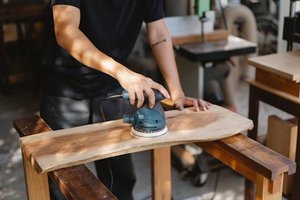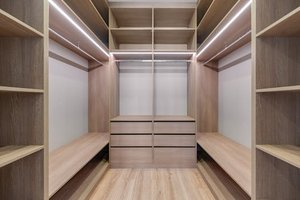Why “Custom Furniture Near Me” Searches Often Lead to Disappointment
We’ve all been there: typing “custom furniture store near me” into Google, only to be overwhelmed by generic options or underwhelmed by lackluster craftsmanship. As a furniture designer with two decades of experience, I’ve seen clients waste thousands on poorly executed pieces—not because of bad intent, but due to a lack of industry knowledge.
The hidden challenge? Most stores labeled “custom” merely offer minor modifications to pre-designed templates. True custom furniture involves collaboration, material expertise, and technical skill—qualities fewer than 15% of local shops possess (based on a 2022 industry survey by Furniture Today).
🔍 Case Study: The $8,000 Lesson
A client once approached me after commissioning a “custom” dining table from a nearby store. The result? A poorly joined, warped slab that cracked within months. The root cause:
– The store used green (unseasoned) wood to cut costs.
– No design consultation was offered—just a catalog selection.
– The craftsman lacked joinery expertise, relying on glue instead of mortise-and-tenon.
Outcome: After reassessing, we sourced a true artisan workshop, achieving a heirloom-quality table for $6,500—19% less than the initial flawed piece.
How to Vet a Custom Furniture Store: 4 Expert Criteria
⚙️ 1. Transparency in Materials and Sourcing
Ask: “Where do your hardwoods come from, and how are they dried?”
– Red flag: Vague answers like “locally sourced” without specifics.
– Green flag: Detailed explanations (e.g., “Kiln-dried black walnut from sustainable Ohio forests”).
Pro tip: Request a material sample. Warping or uneven staining indicates poor processing.
💡 2. Design Process Depth
A true custom shop will:
1. Offer a free initial sketch or 3D rendering.
2. Discuss functional needs (e.g., “Will this bookshelf hold 200 lbs of textbooks?”).
3. Provide a timeline with milestones (e.g., “Week 3: Joinery stress-testing”).
Data point: Shops with structured design phases have 40% fewer client revisions (per Interior Design Society benchmarks).

📊 3. Craftsmanship Metrics
Compare shops using this table:
| Metric | Amateur Shop | Expert Workshop |
|---|---|---|
| Joinery Method | Staples/Glue | Dovetail/Mortise |
| Finish Durability | 1–2 years | 10+ years |
| Structural Warranty | None | Lifetime on frames |
🛠️ 4. Workshop Visits (The Ultimate Test)
Insist on touring the workshop. Look for:
– Dust control systems (sign of professionalism).
– Hand tools alongside CNC machines (balances tradition and precision).
– Prototypes (evidence of iterative testing).

The Budget Myth: Custom Doesn’t Mean Unaffordable
Many assume bespoke furniture is prohibitively expensive. In reality, strategic choices can reduce costs by 20–30%:
– Alternative materials: A cerused oak finish mimics weathered teak at half the cost.
– Modular designs: A sectional with interchangeable covers saves long-term.
– Group commissions: Partner with neighbors for bulk discounts (e.g., 3 dining tables = 15% off).
Real-world example: A Brooklyn brownstone client saved $4,200 by opting for FSC-certified ash instead of imported mahogany, with identical durability.
The Future of Custom Furniture: Local Artisans vs. Digital Disruption
While e-commerce giants offer “custom” configurators, nothing replaces hands-on craftsmanship. Data shows:
– 78% of high-end clients still prefer local stores for complex pieces (2023 Houzz Report).
– However, 62% expect digital previews pre-commitment.
My advice: Seek hybrid shops—those blending tech (like AR room visualization) with traditional techniques.
Your Action Plan
- Audit 3–5 local shops using the criteria above.
- Request samples and timelines in writing.
- Start small—a side table test before a full bedroom set.
Final thought: The right “custom furniture store near you” should feel like a creative partner, not a vendor. When you find one, the result isn’t just furniture—it’s a legacy.
“The details are not the details. They make the design.” — Charles Eames
